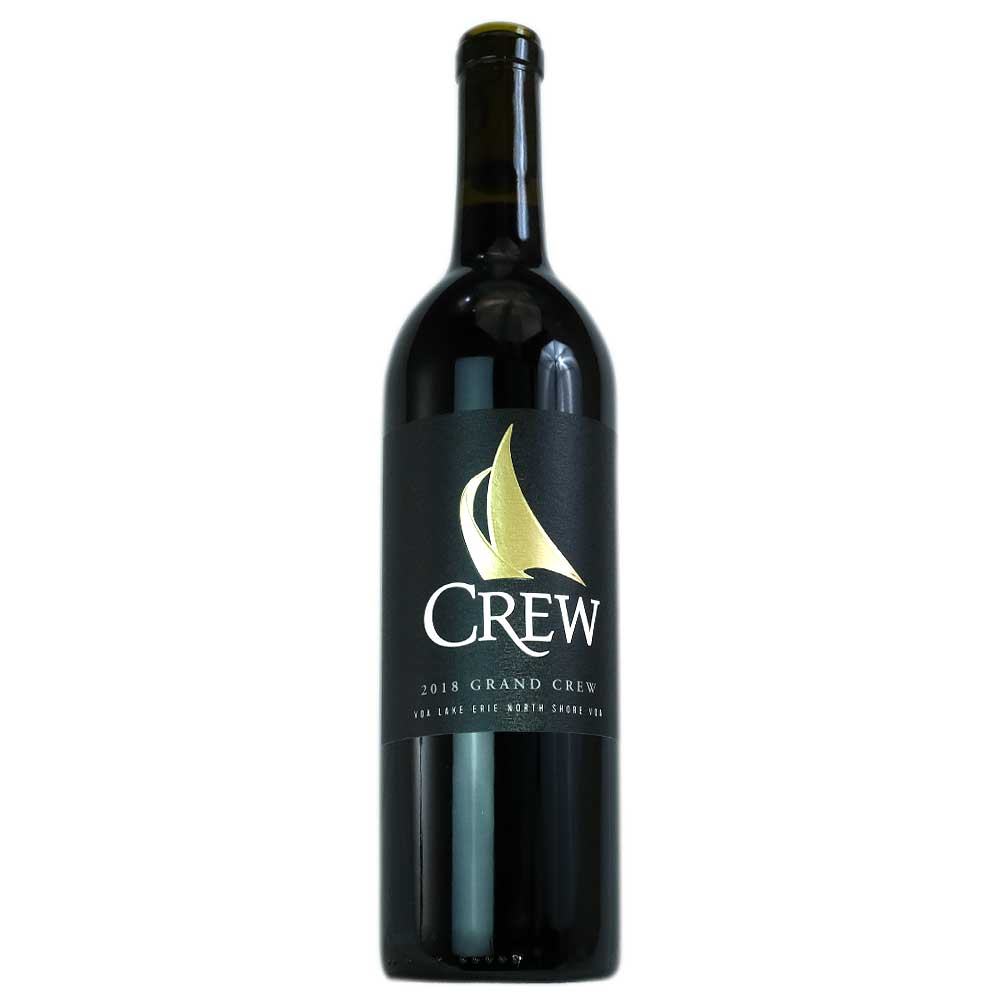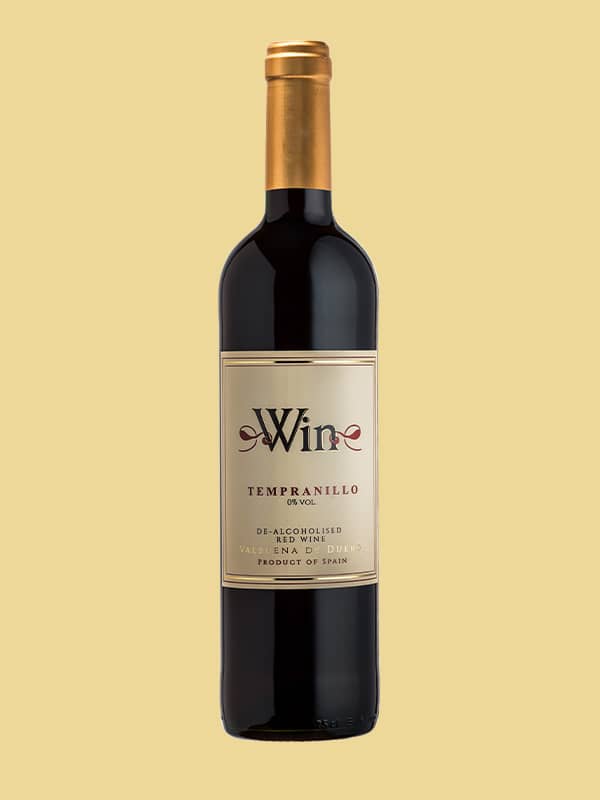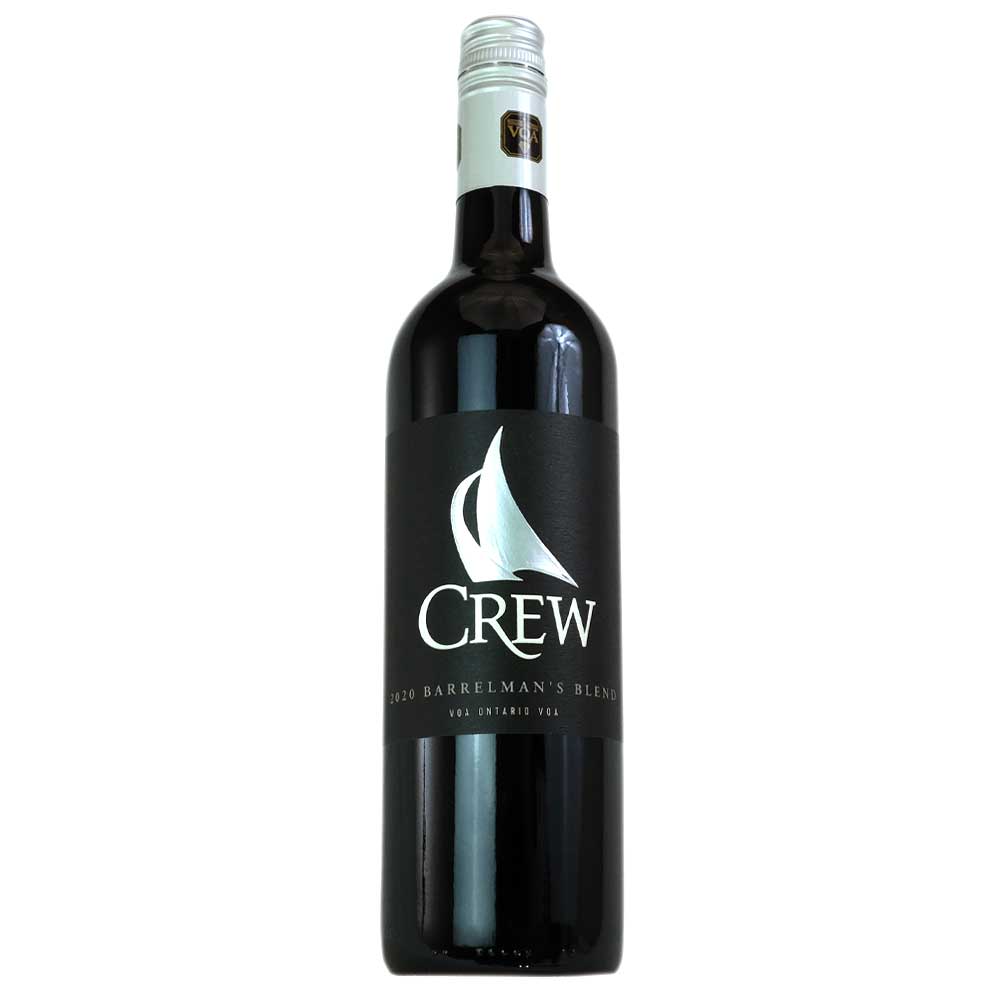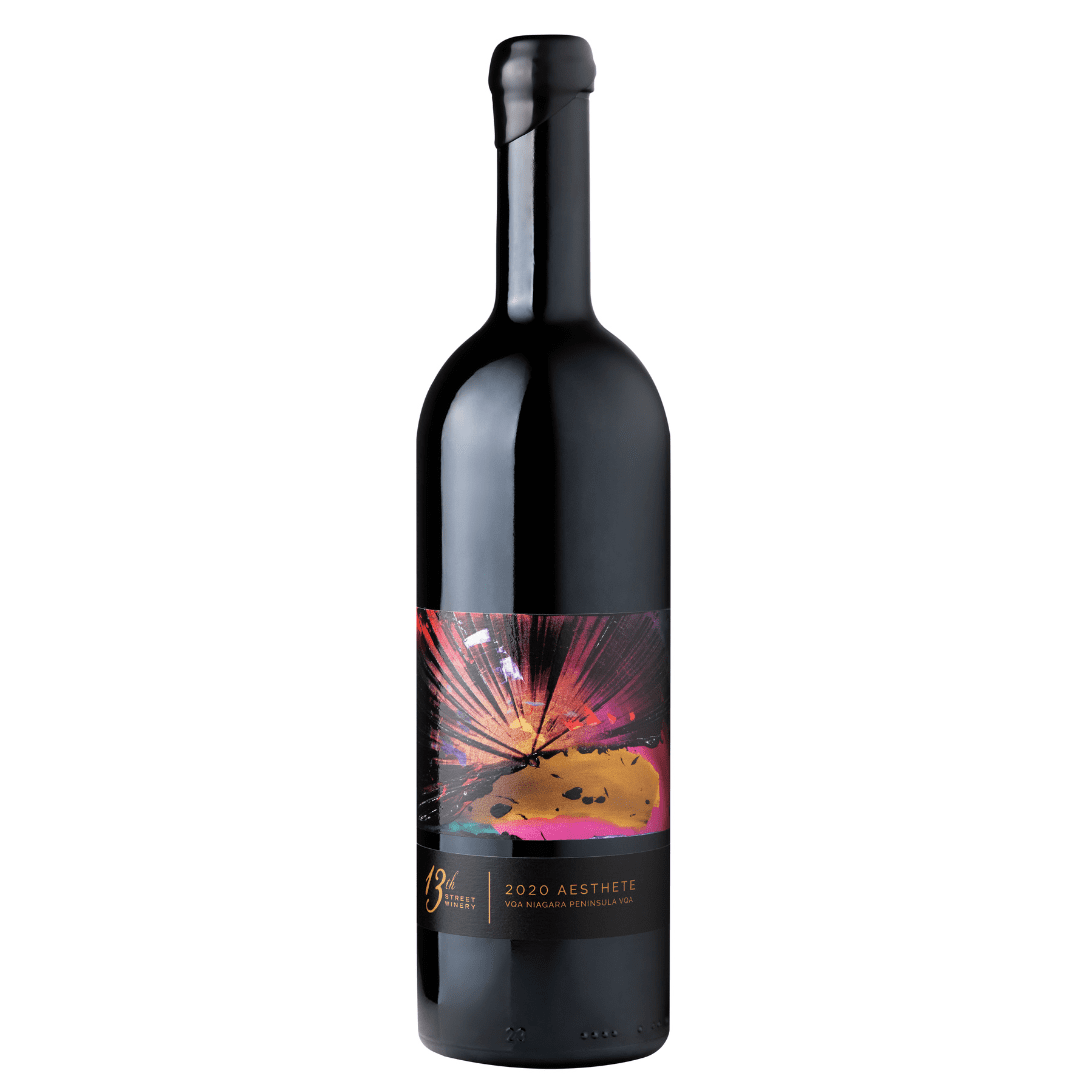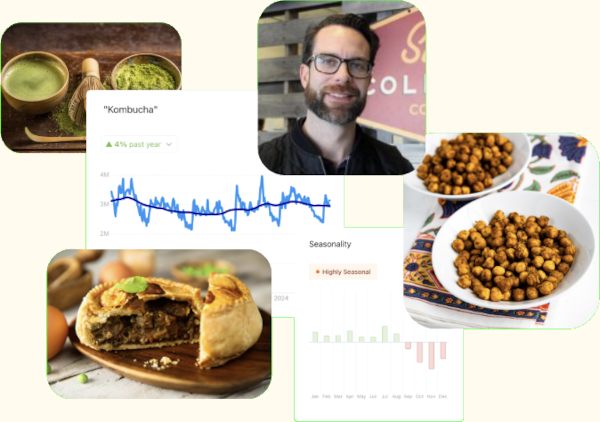Category Analysis - Red Wine

Overview of the Red Wine Industry
The red wine industry is one of the cornerstones of the global alcoholic beverage market, steeped in tradition and culture. With roots tracing back to ancient civilizations in regions like Mesopotamia and Egypt, red wine has evolved into a complex and varied beverage, enjoyed by millions. According to the International Organisation of Vine and Wine (OIV), the world produced approximately 263 million hectolitres of wine in 2021, with red varieties accounting for a substantial proportion of this total.
Geographically, the production of red wine is dominated by regions such as Europe, particularly France, Italy, and Spain, which together make up nearly half of global production. Countries like the United States, notably California, and Australia have also made significant contributions to the growing segment, diversifying the options available to consumers around the world.
Recent Trends in Red Wine Consumption
Recent trends in red wine consumption indicate a shift towards premium offerings, as consumers increasingly favour quality over quantity. The rise of the "buy less, but better" mindset has been observed, with wine enthusiasts willing to pay a premium for organic, biodynamic, and sustainably produced wines. This trend is aligning with the broader consumer push for more sustainable products.
Furthermore, regions like Portugal and the emerging markets of South America have gained recognition, with indigenous grape varieties capturing the attention of adventurous wine drinkers. Innovations in packaging, such as the rise of canned wines and eco-friendly alternatives, have also emerged as a response to both convenience and environmental concerns.
The Economics of the Red Wine Industry
The economics of the red wine industry showcase a multifaceted landscape. Industry revenues have been on an upward trajectory, with the global wine market valued at approximately $329.5 billion in 2020 and expected to reach $456.2 billion by 2028, growing at a CAGR of 4.9% (Source: Fortune Business Insights). However, certain challenges loom large on the horizon, including climate change which threatens grape production and, consequently, the supply chain.
The fluctuating exchange rates affecting international wine trade, particularly from the EU to key markets like the USA, have also influenced pricing. Tariffs imposed on French wines during trade disputes have illustrated how geopolitical tensions can directly impact consumer choice and industry profitability.
Growth and Contraction in the Industry
While the overall market exhibits growth potential, some segments, particularly lower-priced wines, are witnessing contraction. The growing trend of consumers turning towards craft beers and spirits may threaten mass-produced wine brands. However, this contraction is largely offset by the success of premium and super-premium wines which are experiencing robust growth.
This bifurcation illustrates an evolving consumer palate that is increasingly discerning, leaving the industry's older, more traditional models scrambling to keep pace. New entrants equipped with innovative marketing strategies and e-commerce prowess are nipping at the heels of established brands.
Major Players in the Red Wine Market
The red wine landscape is populated by several major players that have successfully navigated the complex interplay of tradition and innovation. Industry giants include well-known producers such as Chandon, a global leader with a strong foothold in sparkling wines and also delving into premium red offerings.
Other renowned names include Constellation Brands, which has a broad portfolio of wines, and E. & J. Gallo Winery, arguably the largest family-owned winery in the world. These producers prioritise innovation and sustainability, particularly in light of changing consumer preferences.
Innovators and New Entrants
In addition to the industry stalwarts, new entrants are shaking up the market. Companies such as Wine.com are redefining wine retail, offering extensive catalogues and convenient delivery services that cater to the e-commerce boom. Another notable innovator is FindWine, which employs technology to help consumers select wines based on their personal taste preferences.
Moreover, smaller, boutique producers are showcasing unique local varietals, tapping into the experiential aspect of wine by offering direct-to-consumer sales and vineyard tours, which are particularly appealing to the modern consumer seeking authenticity.
Conclusion: The Future of the Red Wine Industry
The future of the red wine industry appears to be rooted in innovation and adaptability. With growing demand for quality over quantity, a focus on sustainable practices, and an increasingly interconnected global market, established players must navigate these changes while new entrants continue to redefine the terrain.
As the world marches into an era characterised by conscious consumerism, the ability to not just produce excellent wine, but also to market it effectively in a competitive landscape will determine the industry's success. In this dynamic world of reds, the choice is clear: evolve or risk being just another bottle on the shelf.
Example Products in this Category:
Brands in this Category:
| Name | Story | Brand Categories | |
|---|---|---|---|
| Name | Story | Brand Categories | |
| Joyful Heart Wine Company | Joyful Heart Wine Company is dedicated to creating wines that authentically reflect their terroir. Founded by award-winning winemaker Nicole Walsh, the brand is committed to inclusivity and community engagement, donating a portion of every bottle sold to World Central Kitchen, which provides meals in times of crisis. | Red Wine,White Wine,Premium Wines | |
| Henschke | Henschke is one of Australia’s oldest family-owned wineries, making wine for over 150 years in the Barossa’s Eden Valley. Established in 1868, Henschke is resolute in its desire for complete integration of vineyard and winery, through six generations of family grapegrowing and winemaking tradition in the Eden Valley, Barossa Valley and Adelaide Hills. | Red Wine,White Wine,Sparkling Wine,Dessert Wine,Non-Alcoholic | |
| justenoughwines | Explore our selection of delicious single-serve wines. Each can is 1.5 glasses of premium, minimal intervention wine. We believe that the wines worthy of your relaxation ritual are both lusciously delicious and aligned with what you value. That’s why we created a more conscious drinking experience. Female-founded, award-winning wines, sustainably-crafted, individually-portioned (1.5 glasses), no sugar added. Just Enough Wines is dedicated to providing a curated selection of wines that cater to the needs of wine lovers who appreciate quality without excess. | Single-Serve Wines,Premium Wines,Red Wine,White Wine,Wine Sets,Relaxation,Beverages,Alcoholic Beverages,Sets,Merch,Subscriptions | |
| Las Jaras Wines | At Las Jaras, our goal is to make delicious wine that has tons of energy and balance. We want them to be vibrant, delicate, and supple all at the same time while also being food friendly and easy for anyone to enjoy. Our wines are intended to reflect the unique terroir of the vineyards using minimal intervention so you can taste their natural, rhythmic expression. | Wine,Sparkling Wine,Rosé,Red Wine,White Wine,Canned Wine | |
| 90+ Cellars | 90+ Cellars was launched in 2009 by Kevin Mehra with the mission to make great wine more accessible. By partnering with highly rated wineries and avoiding the costs of owning vineyards, they curate a global collection of top-notch wines, allowing consumers to enjoy quality wines at better prices. | Red Wine,White Wine,Sparkling Wine,Rosé Wine,Non-Alcoholic Wine |



